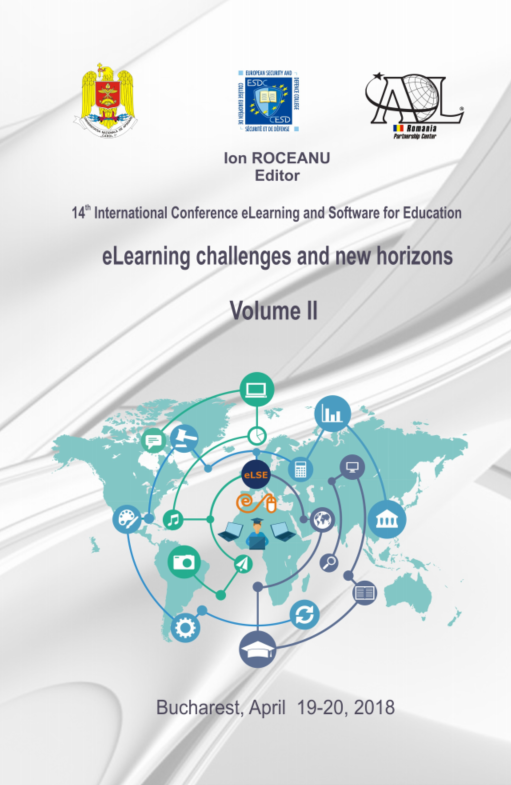Learning Math by Interactive Visual Modelling
Learning Math by Interactive Visual Modelling
Author(s): Roxana Draganoiu, Alin Dragos Bogdan Moldoveanu, Florica Moldoveanu, Maria Alexandra MOCANU, Adriana BrăescuSubject(s): Social Sciences, Education
Published by: Carol I National Defence University Publishing House
Keywords: interdisciplinary teaching; parametric modelling; mathematical programming;
Summary/Abstract: One of the modern modeling methods, implemented in several advanced CAD systems, is parameterized modeling. While these systems support powerful parametric modeling, they are rather oriented toward production and less towards education, even if the related mathematical concepts are somehow difficult for most users. Thus, they are hardly usable in the learning of related mathematical concepts, programming, and general STEM education. In this paper we describe our parameterized modeling method, intuitive and easier to use, based on repetitive function composition and interactive variation of their parameters. The method is particularly adequate for learning mathematics by visually perceiving the effect of functions composition and parameters variation. Our method shares some common aspects with parametrized modeling tools from existing CAD systems, such as: enables modifying the parametric equations of graphical primitives, applies function composition and interactive modifying parameters. In addition to these basic aspects, our method has distinctive characteristics, such as: a specific formalism and implementation, oriented towards understanding the shapes and how they are affected, and can be evolved iteratively through functions’ composition; large set of basic, intuitive functions, with clearly observable explanations and visual effects; variations to the simple, classical functional composition, such as translational composition; because the modeling method is based on a repetitive mechanism, it can lead to the modeling of fractal-like shapes, but they are different from those obtained with classic fractal models. Our modeling system acts as a powerful tool for deeply understanding mathematical functions and their composition through interactive visualization, for a wide range of users, with various backgrounds and levels of mathematical training. In addition, by visualizing the source code which uses the mathematical model for graphical rendering, the system can naturally be used as a tool for learning programing. Because learning is visual and interactive, it’s engaging, immersive and attractive. Furthermore, as more brain areas are simultaneously involved and stimulated, it leads to the development of intelligence and the accelerated learning of mathematics, a process which we are in the process of evaluating through EEG measurements and analysis.
Journal: Conference proceedings of »eLearning and Software for Education« (eLSE)
- Issue Year: 14/2018
- Issue No: 02
- Page Range: 070-077
- Page Count: 8
- Language: English

